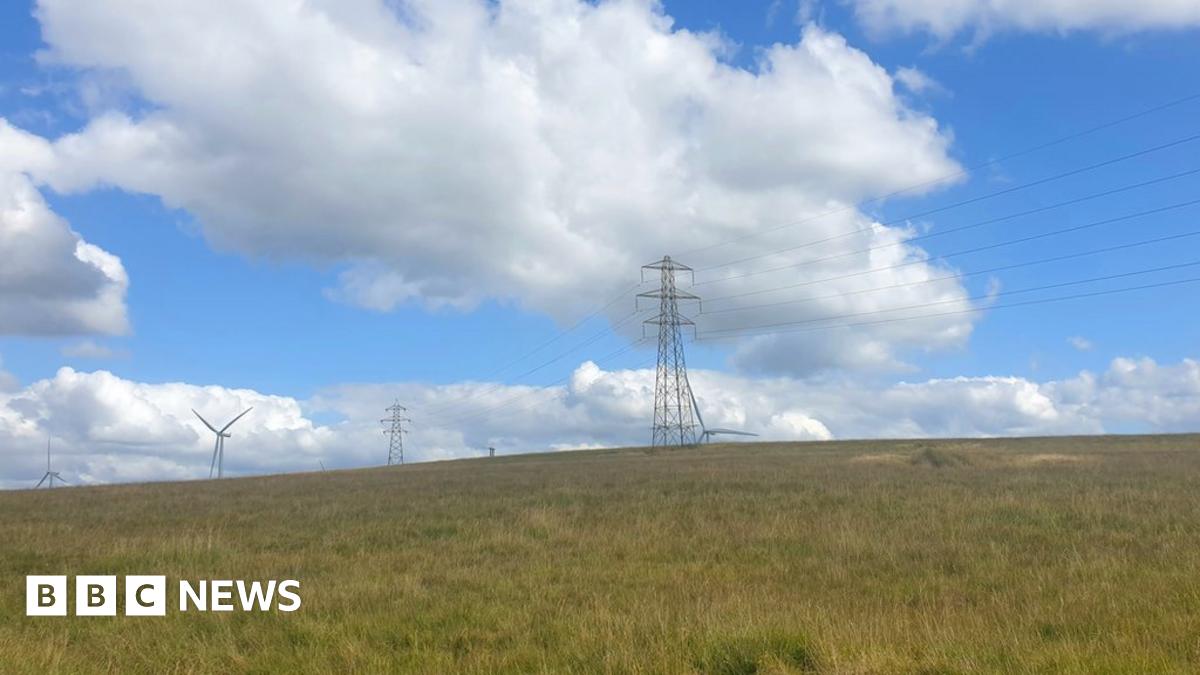- Joined
- 27 Jan 2008
- Messages
- 27,760
- Reaction score
- 3,364
- Location
- Llanfair Caereinion, Nr Welshpool
- Country

That clearly is the case where the power is being used local at low voltage, one neighbour exports and another imports so they cancel each other out. The problem arises where the export exceeds the import.Without that necessary thought, my first intuitive reaction was that the 'export VD' ought to reduce (maybe even 'cancel') the import VD' - but that may well be all wrong!!
If we all work nights, so car is charged during the day, while the solar panel is supplying, it could work, but we don't work nights, so the homes have a peak usage at around 5 to 7 pm as EV's are put on charge, and evening meal is cooked in the Winter months, and at 9 am to 4 pm the solar panels are producing but little being used, the whole system is being turned on it's head.
And to compound the problem we are starting to work from home, which can work both ways, it can result in some use of the micro generated power, but means there is not only a difference weekend to weekday, but each day of the week can be different, where people and firms select which days to work from home, so near impossible to plan what is going to be required.
My daughter has said how working from home increased the heating required, but reduced transport costs, until she started using a bike to go to work, cycling every day to work for 5 days was too much, but every other day, has changed so much.
And it is the uncertainty as so many things are changing at the same time, Colvid has reduced, so now I can consider returning to use public transport, with both Brexit and Colvid so much has changed, no one has a clue what will happen.

